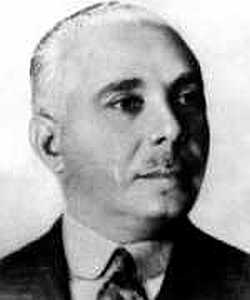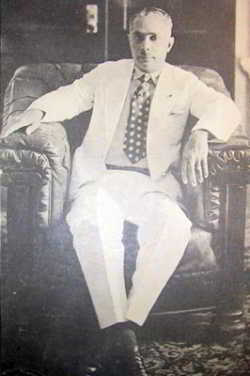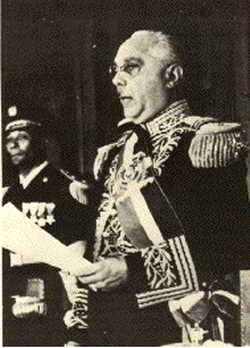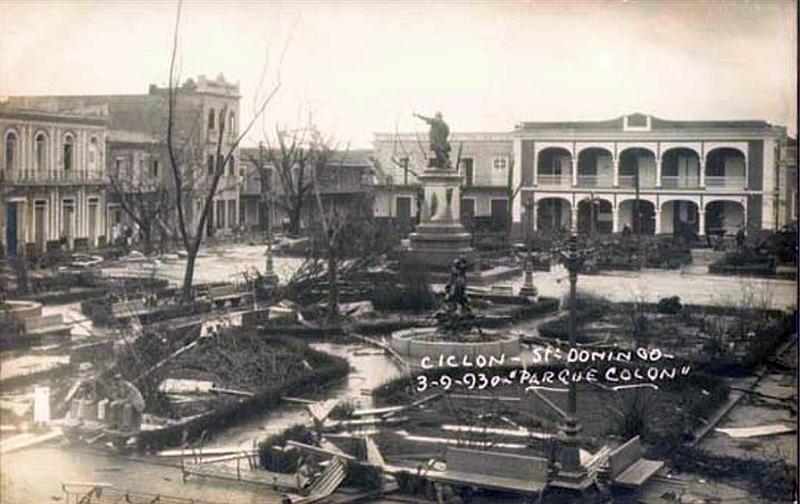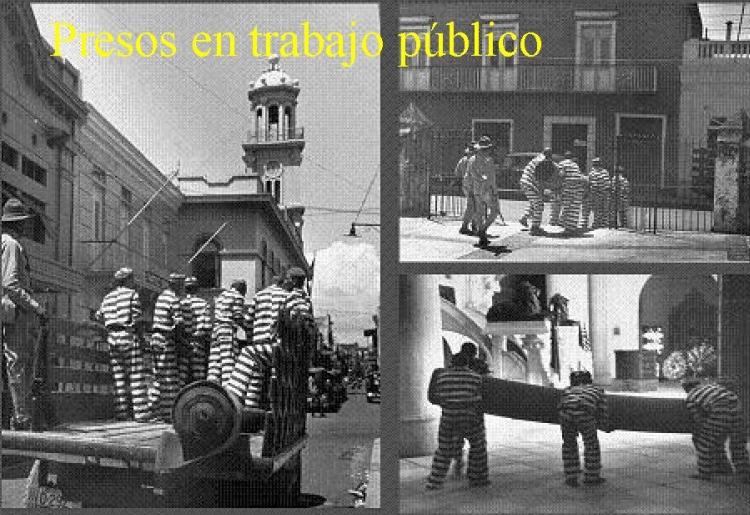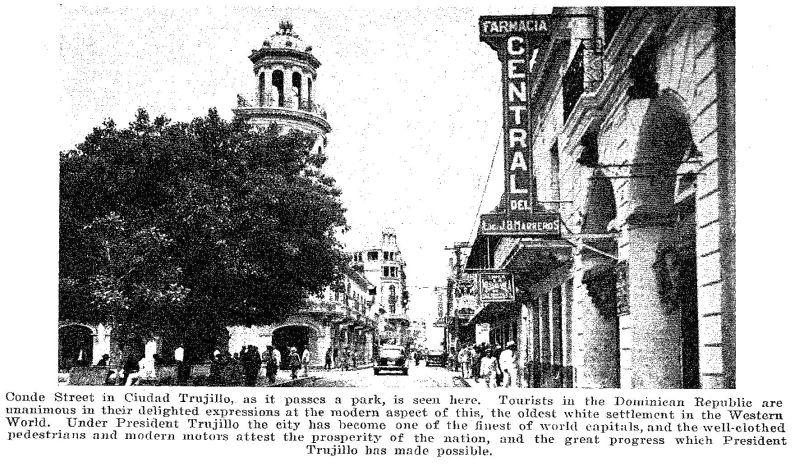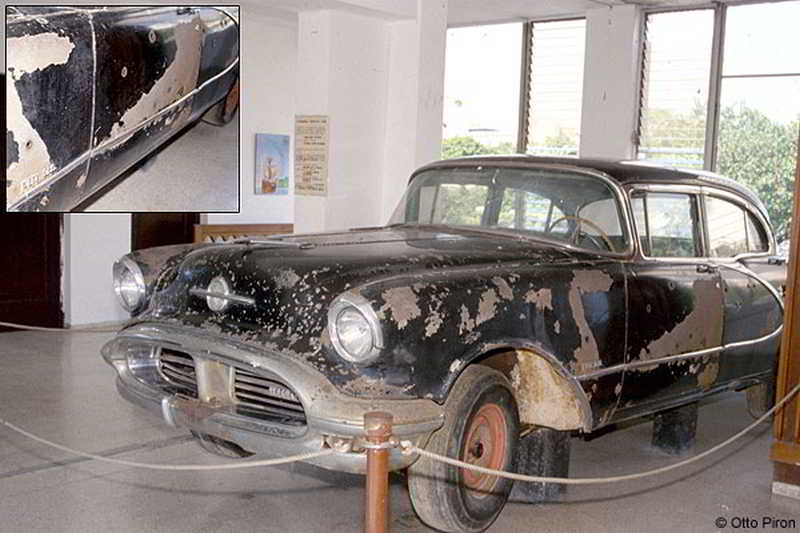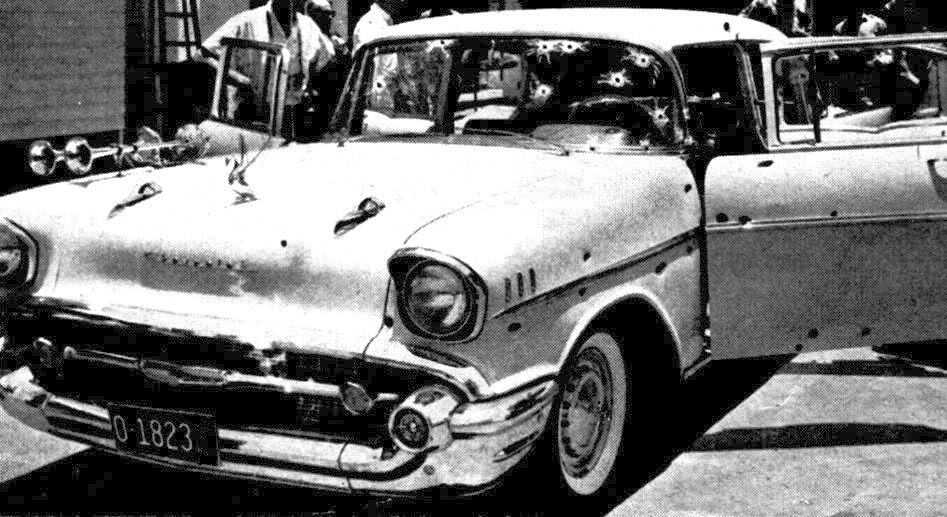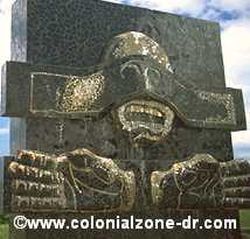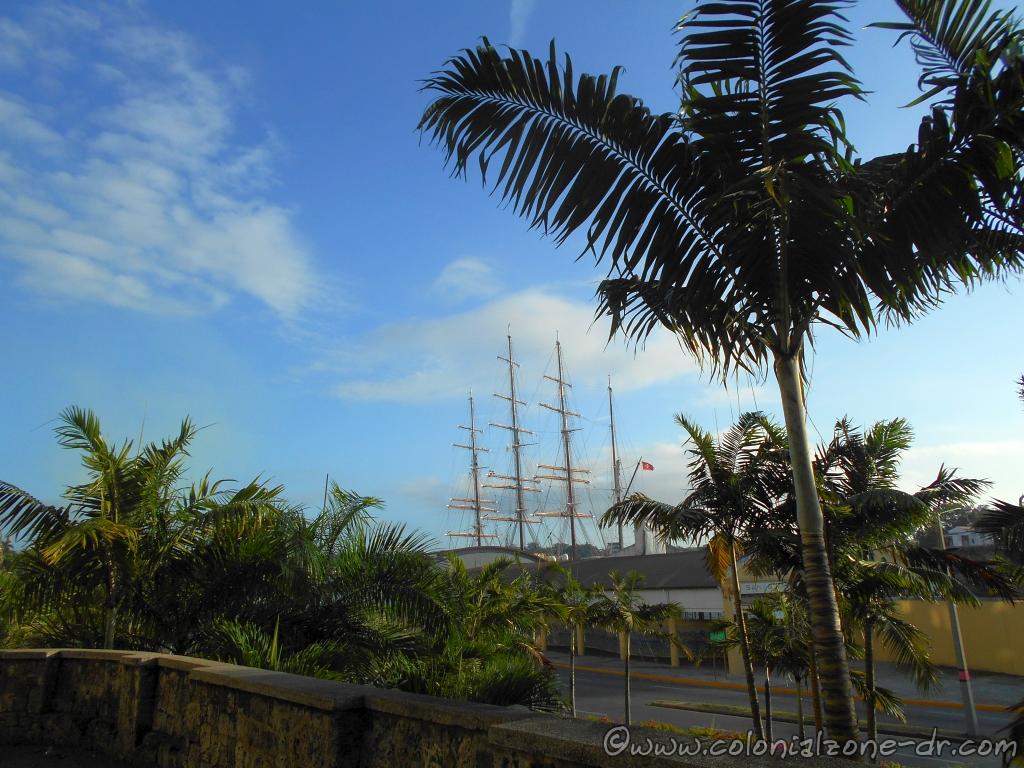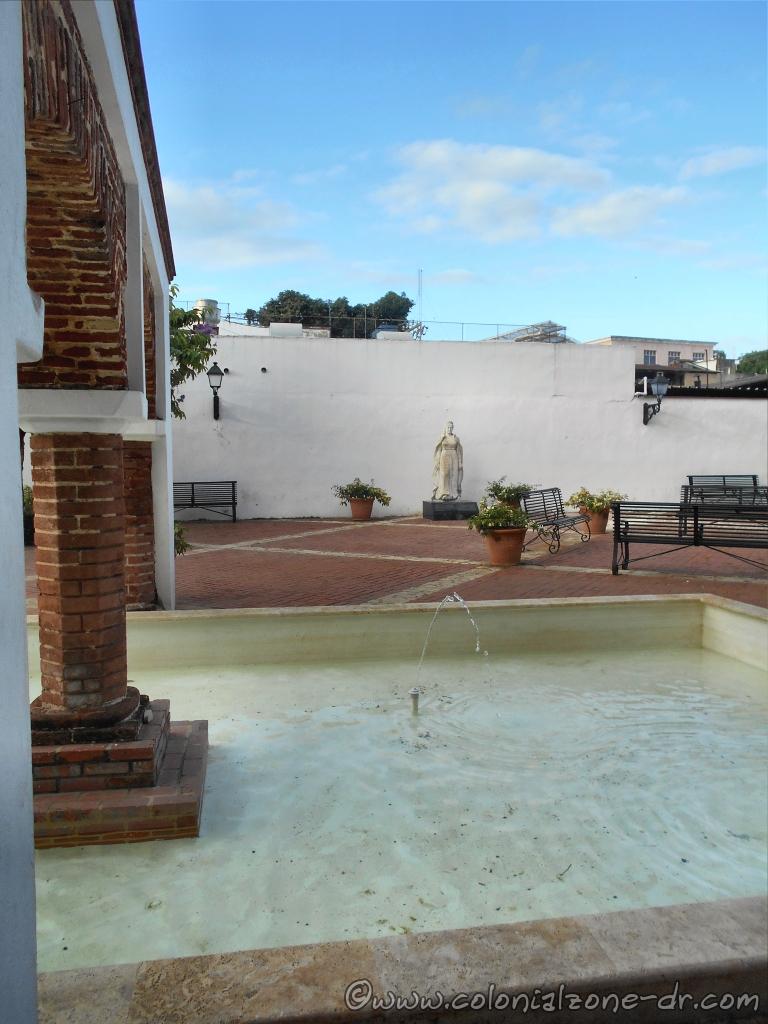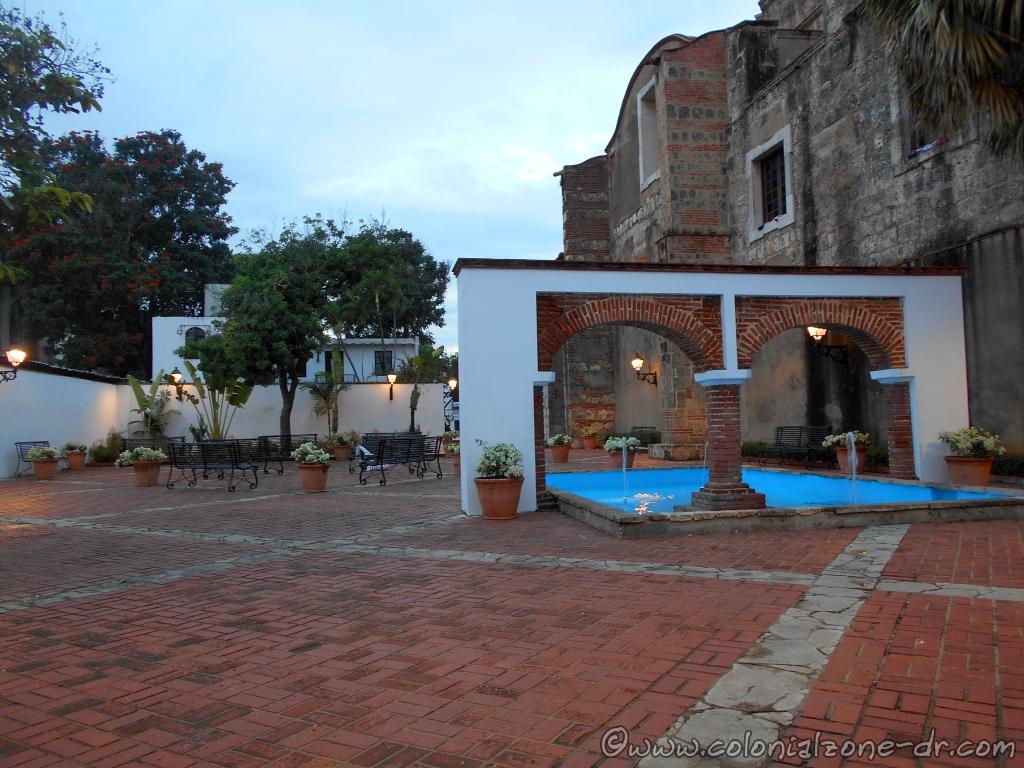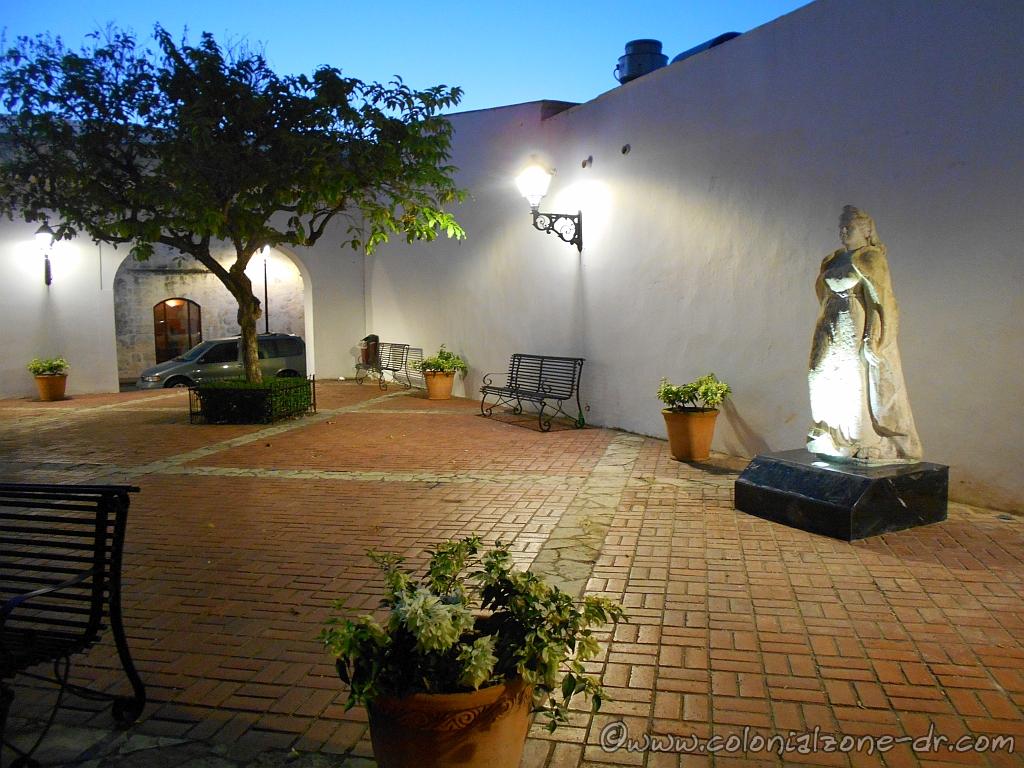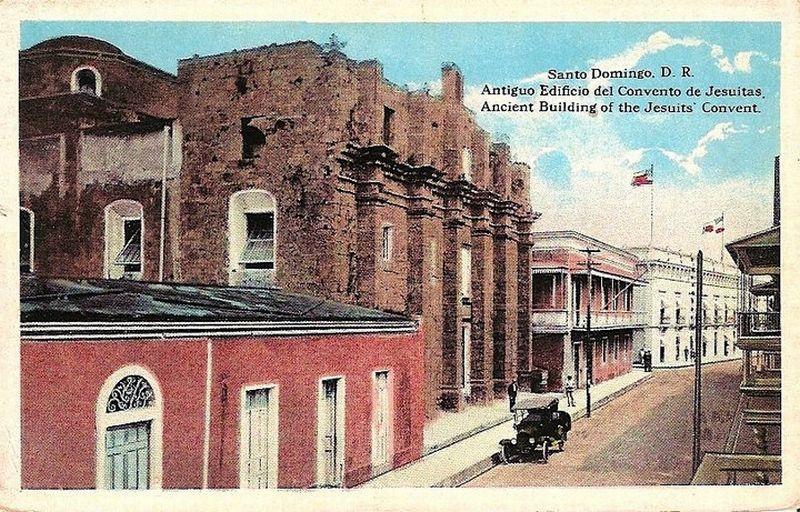Juan Pablo Duarte “The Father of the Country” / “Padre de la Patria”
Juan Pablo Duarte y Diez is one of the Founding Fathers of the Dominican Republic. Writer, politician, liberal thinker. He was one of the most important persons who fought for his vision of making the Dominican Republic a free, strong and self-sufficient country.
Who is Duarte? | Died While Banished | First Independence Day | Restoration Day | Some Famous Quotes | Juramento de los Trinitarios / Oath of the Trinitarians | Himno a Juan Pablo Duarte / The Hymn to Juan Pablo Duarte | Interesting Facts |
Juan Pablo Duarte y Diez “The Father of the Country” / “Padre de la patria”. Born 1813 in Santo Domingo, Dominican Republic – Died 1876 in Caracas, Venezuela
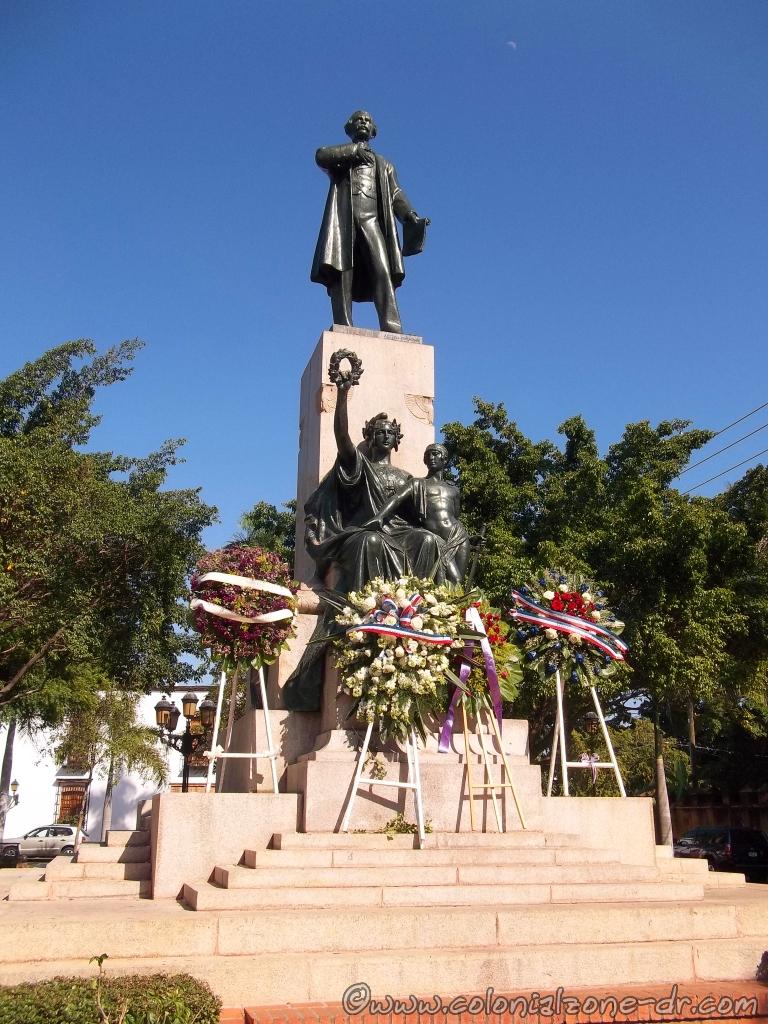
Juan Pablo Duarte
Juan Pablo Duarte y Diez was born in Santo Domingo in the barrio Santa Barbara on the street Isabel la Catolica (this modest home is now the Duarte Museum) on January 26, 1813. He is the son of Juan José Duarte, a Spanish retailer born in Spain, and Manuela Diez y Jiménez, a native of the El Ceibo region of the Dominican Republic.
The Duarte family fled Dominican Republic in 1801 when the Haitian troops, led by Toussaint L’Ouverture, took possession of the city. The family went to Puerto Rico, residing there until the Spanish regained control of part of the country in the War of Reconquista in 1809.
Duarte excelled in his school work and was taught by one of the best professors of the University of Santo Domingo, Doctor Juan Vicente Troncoso. Here he studied philosophy and Roman Rights. He was an excellent student and loved to study so much so that his family decided, for him to excel, they needed to take him to New York. It is not known how long he spent in New York but it is thought to be some time because of his mastery of languages. He then went to London and Paris and finally to Barcelona Spain where he had relatives. During his time abroad not much is known of his history.
In 1831 or 1832 Duarte returned to Santo Domingo. He started to work in his fathers business. Juan Pablo, having such an outgoing personality, had a great social life. He soon became a well-known personality, attending all the important functions of the time. He was also very patriotic and he strongly disliked the presence of Haitians in the country.
Duarte was very patriotic and began organizing the historical movement as not to accept Haitian domination. His philosophy is between “Dominican and the Haitians a fusion is not possible”. This impossibility did not come from racial differences but the cultural ways that the Dominican society was based on at that time. He based his ideas on the political doctrines of the time learned in Spain. Romanticism, liberalism, nationalism and the idealist socialism.
Duarte helped to organize a secret society, “La Trinitaria” on July 16, 1838, among whose first members were Juan Pablo Duarte, Juan Isidro Perez, Pedro Alexander Pina, Maria Ruiz, Jose Maria Serra, Benito González, Felipe Alfau and Juan Nepomuceno Ravelo, for which he took the responsibility to direct. This was the reformist movement in the city of Santo Domingo, the fighters for independence whose motto was “Dios, Patria y Libertad” / “God, Mother Country and Freedom”.
When the revolution against Jean-Pierre Boyer, the Haitian president, who controlled the Eastern part of the island, began in 1843 and failed. Duarte and his companions were jailed and then had to go into hiding and finally were forced to leave the country. During these times it is thought that this is when the constitution of the Dominican Republic was penned by Duarte. The Manifiesto de Independencia was later refined by other members of the Trinitarios including Francisco del Rosario Sánchez, Ramón Matías Mella, Tomás Bobadilla.
The following year on 27 February 1844, another attempt was made to take over the country from Haitian rule. This time it was successful. The country declared its independence again and took the name República Dominicana (Dominican Republic). A constitution modeled on that of the United States was put forth in November 1844. Dominicans celebrate February 27 as their independence day. Word was sent to Duarte, who was then staying in Venezuela to return to Santo Domingo to take part in the beginning of the government of the new republic.
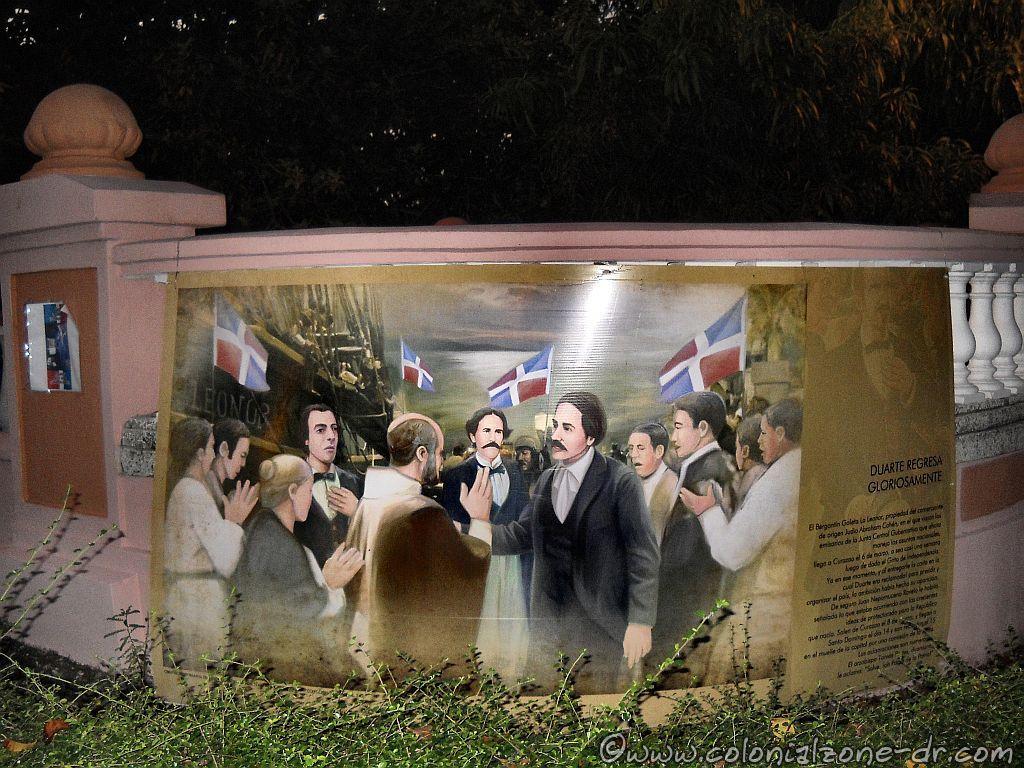
Died While Banished
On June 12, 1844 Juan Pablo Duarte was nominated by the Liberal party in Cibao to become president. His opponent, military director General Pedro Santana (who served for three terms between 1844 and 1861), was appointed to the same office in Santo Domingo City by the Reactionary party.
Duarte lost and was banished, remaining in exile for many years. He only returned to the island once and this was during the War of Restoration (1864) against Spain. He took part in the struggle that ended in 1865, with the re-establishment of the republic. Duarte was sent on a mission abroad and died in Caracas Venezuela, July 15, 1876 at the age of 63.
In 1883 the board of aldermen of Santo Domingo caused a life-size portrait of Duarte to be placed in the municipal hall. In 1884 Duartes remains were returned to Santo Domingo amidst great public ceremonies.
Duarte is now at rest in the Tomb of the Heroes / Altar de la Patria in Independencia Park.
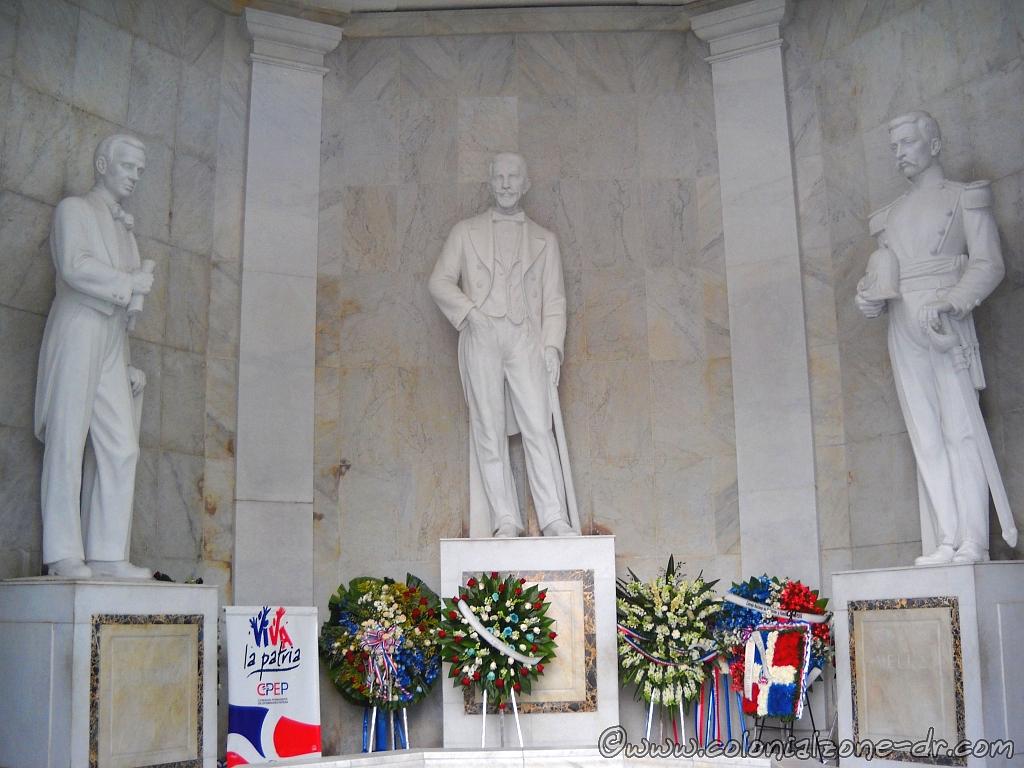
*Pictures of Duarte Day 2009 on the Dominican Gringas Blog
First Independence Day
Dominicans celebrate February 27, 1844 as their Día de la Independencia. This the day the country declared its independence again and retook the name República Dominicana (Dominican Republic). A constitution modeled on that of the United States was put forth in November 1844.
SlideShow Independence Day Military Parade 2008
SlideShow Independence Day 2012
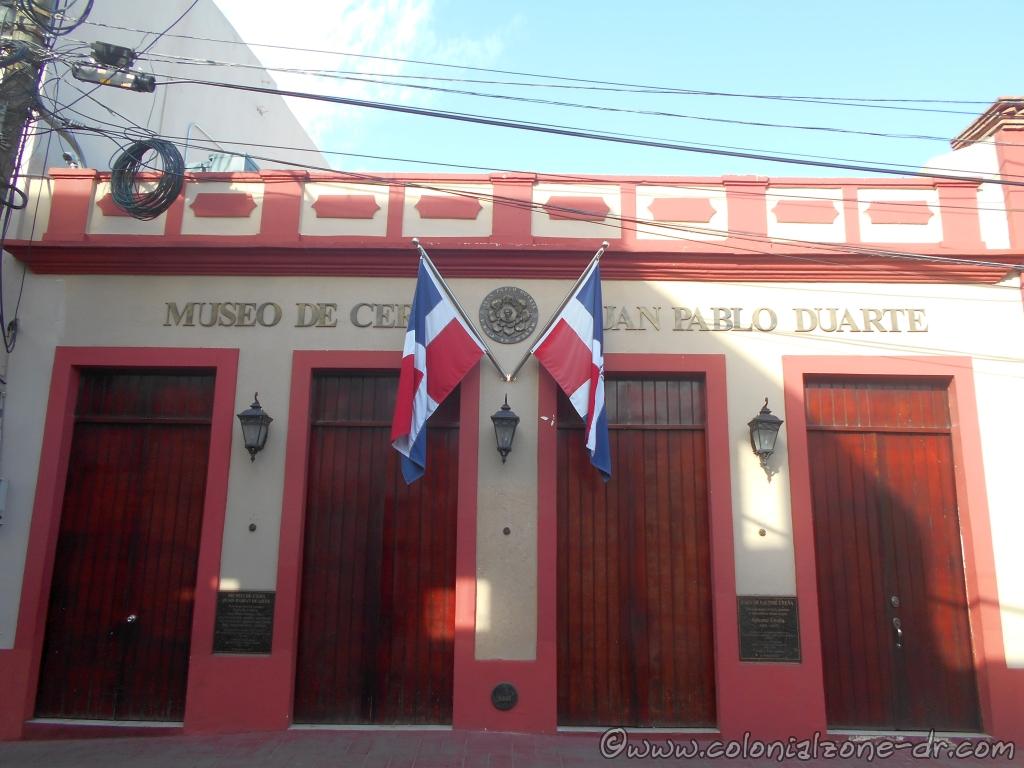
Restoration Day / Día de Restauración
Even though the Dominican Republic has as their Independence Day February 27, 1844 they also celebrate another day when they became free again. This day is called Restoration Day/ Día de Restauración.
Dominican Republic lost its independence once again when Spanish Annexation happened in 1861. The War of Restoration happened to regain the lost Dominican independence. The war ended in 1863 with the Dominican militia gaining victory over Spain’s forced occupation. This victory happened in the area of Santiago, where for the third time the country became free, once again liberating itself from a foreign power.
August 16 the Restoration of the Republic is celebrated here in Dominican Republic. Usually, the celebrations start with a flag raising in the Fort San Luis in Santiago. Here the heroes of the Restoration are recognized. Also, there is a Mass held.
Celebrations also include a second Carnival. This Carnival is similar to the one held in February but is a little more subdued. The parades are held in Santo Domingo, Santiago, La Vega, San Pedro de Macoris, and other provinces. The groups are dressed in the Diablo Cojuelo costumes.
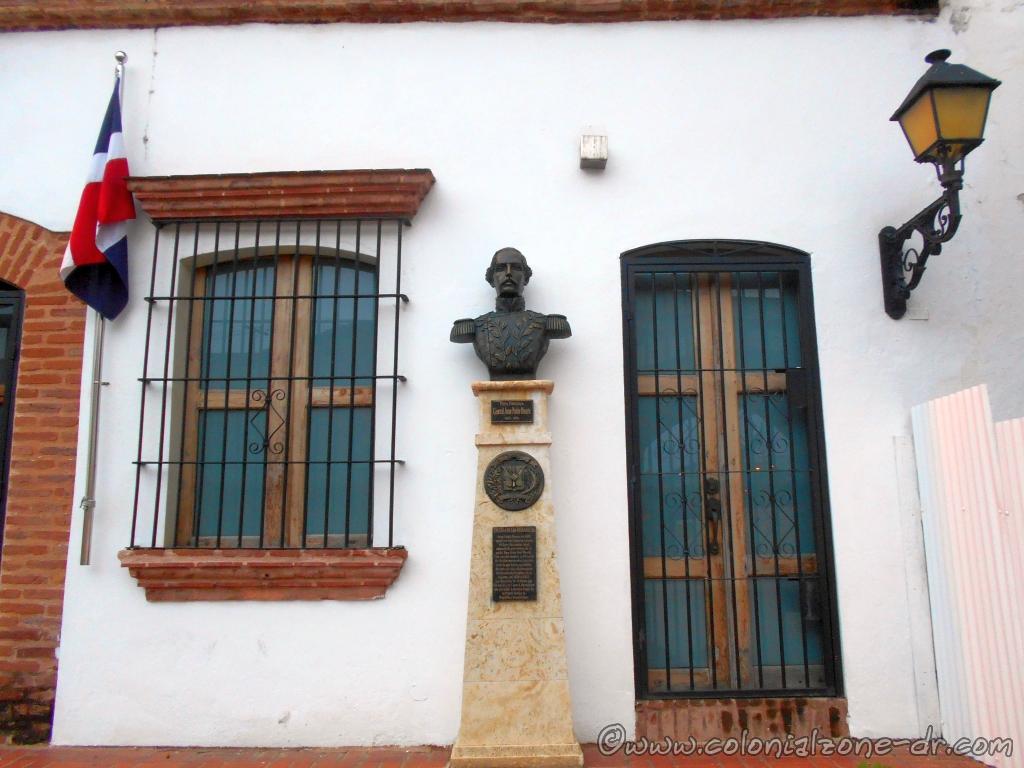
Some famous quotes made by Duarte
“Sed unidos,
y así apagaréis la tea de la discordia
y venceréis a vuestros enemigos,
y la patria será libre y salva.”
(“Be united, and thus you will extinguish the threat of discord and you will overcome your enemies, and the fatherland will be free and saved.”)
“Pues cuando en la tempestad
se ve perder la esperanza,
estrellase en la mudanza
la nave de la amistad.”
“La política no es una especulación;
es la ciencia más pura y la más digna,
después de la filosofía, de ocupar
las inteligencias nobles”
(“Politics is not speculation; it is the purest and most worthy science,
after philosophy, to occupy intelligent and nobel minds “)
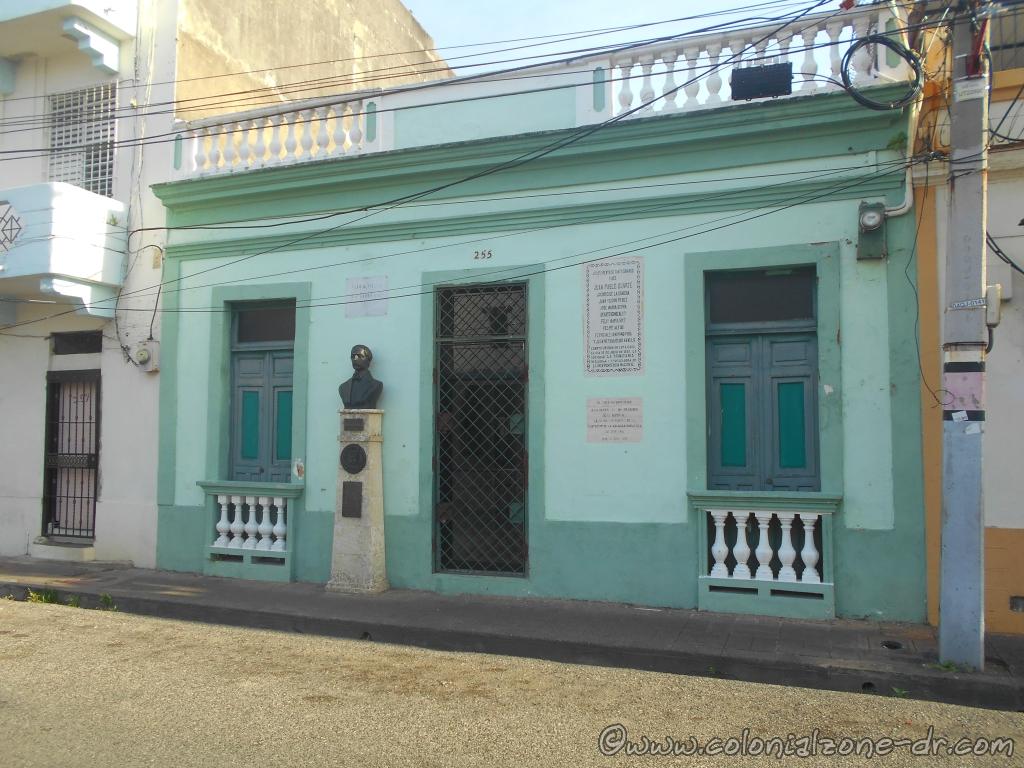
Juramento de los Trinitarios / Oath of the Trinitarians
En el nombre de la santísima, augustísima e indivisible Trinidad de Dios Omnipotente, en manos de nuestro presidente Juan Pablo Duarte, cooperar con mi persona, vida y bienes a la Separación definitiva del gobierno haitiano, y a implantar una República libre, soberana e independiente de toda dominación extranjera, que se denominará República Dominicana, la cual tendrá su pabellón tricolor, en cuartos encarnados y azules, atravesados con una cruz blanca. Mientras tanto, seremos reconocidos los Trinitarios con las palabras sacramentales: “Dios”, “Patria” y “Libertad”. Así lo prometo ante Dios y el mundo: si lo hago, Dios me proteja, y de no, me lo tome en cuenta, y mis consocios me castiguen el perjurio y la traición, si los vendo.
(This is my not so good interpretation of the oath. As I find a better interpretation I will post it)
In the name of Santísima, Augustísima and indivisible Trinity of the Omnipotent God, into the hands of our new president Juan Pablo Duarte, to cooperate with my person, life and goods to the definitive Separation of the Haitian government, and to implant a free, sovereign Republic independent of all foreign domination, that will denominate the Dominican Republic, which will have its pavilion tricolor, in incarnated and blue quarters, crossed with a white cross. Meanwhile, we will recognize the Trinitarians with the sacramental words: “God”, “Mother Country” and “Freedom”. So I promise before God and the world: if I do it, God protect me, and if not, I take it into account, and my fellow members will punish me for perjury and treason, if I sell them.
More information about the Dominican Republic flag.

Himno a Juan Pablo Duarte / The Hymn to Juan Pablo Duarte
En la fragua de la escuela nuestra patria fue forjada, y al calor de tu enseñanza le infundió vida sagrada.
La gloriosa trinitaria que fundara tu heroísmo fue la cátedra primera de moral y de civismo.
Fuerza era que un maestro preparara la conciencia donde habría de nacer la soñada independencia
Y es así como cantamos tus virtudes allá el estro, junto al padre de la patria la figura del maestro
En la escuela se te honra por tus hechos sacrosantos en las letras y las notas encendidas de sus cantos
Y al honrarte recordamos tu patriótico heroísmo, es el prócer y el maestro que los dos son uno mismo
La Bandera dice Patria y al decirlo se revela que el alma del maestro señalándonos la escuela
*NOTE- this is a crude interpretation of the Hymn to Juan Pablo Duarte. My Spanish is not that good. This is as far as I got before frustration stepped in. At least you have the general idea of what it says for now*
In the forge of the new style our birth was forged, and to the heat of your education was instilled sacred life to him.
The glorious trinity that formed your heroism in the pulpit of patriotism.
The fights that taught and prepared our consciousness that would be born our dream of independence.
And thus we sang your virtues and were inspired; together we figure headed the Patria.
In this style we give honor for their deeds and sacrificial acts in the notes and words of this song.
And to commemorate and remember their patriotic heroism is to exalt the leader who both is one in the same.
The Flag says patriotism and it is the stamp on the soul of the leader.
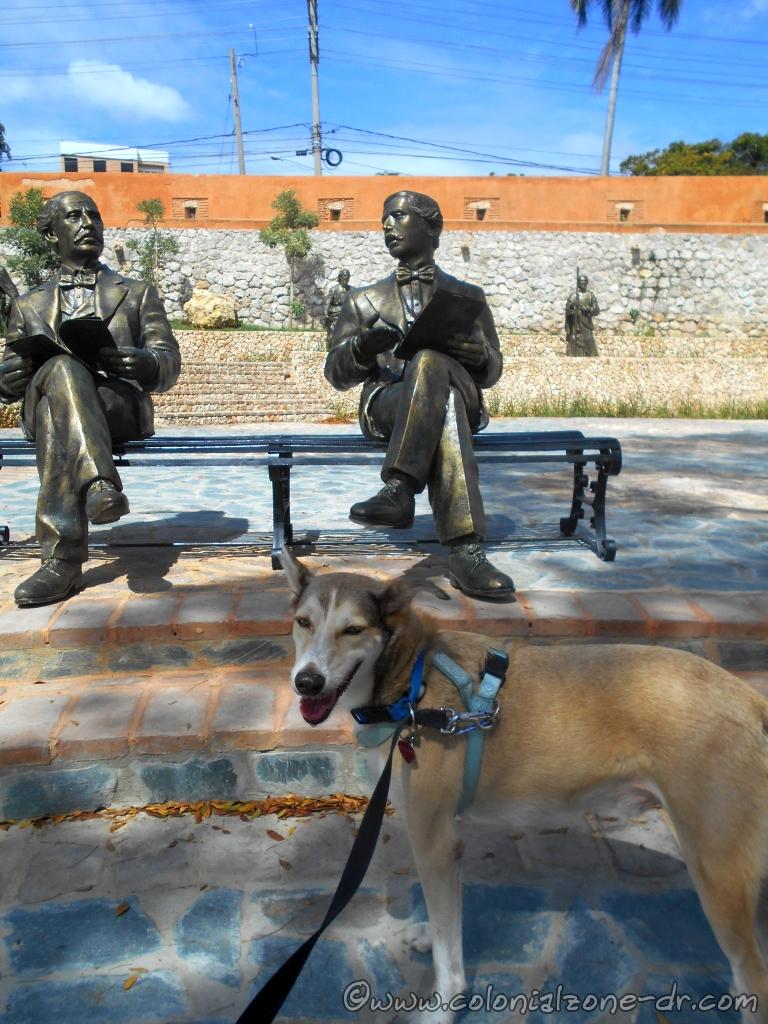
Trivia
Every year there is a celebration of Durate Day on the day he was born. The celebration usually starts at the flag at the capital then the celebration proceeds to Parque Duarte in the Colonial Zone to lay a wreath at the Duarte Monument. They then move on to the Cathedral of Santo Domingo for the church ceremony. The procession then moves on to the Altar de la Patria where Duarte is interred.
Juan Pablo Duarte was baptized on February 14, 1813 at Iglesia de Santa Bárbara now known as La Catedral Castrense Santa Bárbara.
There is even a Juan Pablo Duarte school in New York, USA.
There is a statue of Juan Pablo Duarte on Sixth Avenue near Canal Street in New York, USA.
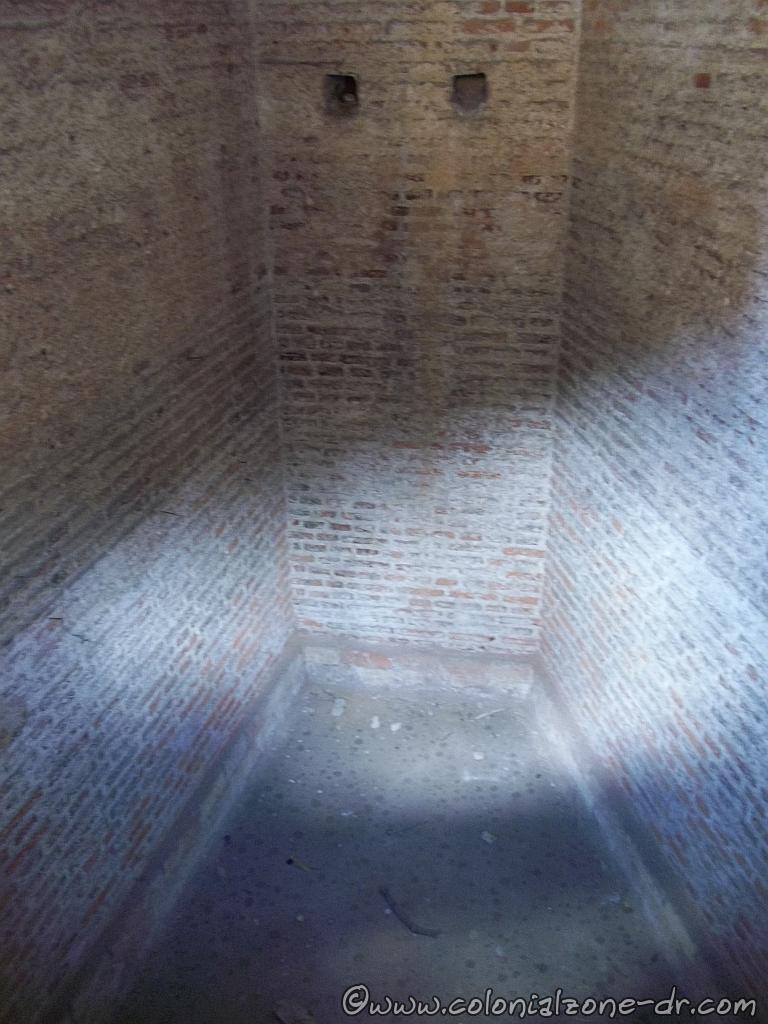
In the courtyard of Fortaleza de Ozama there is a dungeon where Juan Pablo Duarte was imprisoned during the Haitian occupation until his release in 1836. There is an opening (it was not there in the days of Duarte) where you can look down into the dungeon.
Altar de la Patria in Independencia Park is a national pantheon dedicated to the national heroes who are buried here. Juan Pablo Duarte, Francisco del Rosario Sanchez y Ramon Matias Mella.

The highest mountain in the Caribbean, Pico Duarte, is named after Duarte.

